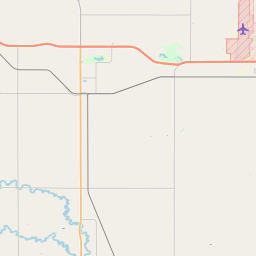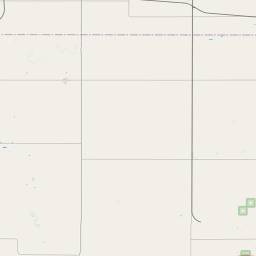Visit Us
Just a short a 15-minute drive from the city of Grand Forks, North Dakota, Kellys Slough National Wildlife Refuge is an excellent place to view a variety of shorebirds and waterfowl. The Refuge serves as an important stopover for shorebirds during peak spring and fall migration. In summer, lower water levels create mudflats that attract a diversity of species. In late July and early August, fall shorebird migration peaks, and you can see many species, including American avocet, Wilson's phalarope, willet, marbled godwit, upland and spotted sandpiper.
Location and Contact Information
- Kellys Slough National Wildlife RefugeView DetailsC/O Devils Lake Wetland Management District 221 Second Street NW, Suite 2 Devils Lake, ND 58301-2963
About Us
Kellys Slough National Wildlife Refuge supports a diversity of wetland and grassland wildlife. In addition to the 1,207 acres of Refuge lands and waters, there are several Service-owned waterfowl production areas and a State-owned wildlife management area wildlife management area
For practical purposes, a wildlife management area is synonymous with a national wildlife refuge or a game preserve. There are nine wildlife management areas and one game preserve in the National Wildlife Refuge System.
Learn more about wildlife management area adjacent to and nearby that provide additional grassland and wetland habitat. The other lands intermingled with and surrounding these public lands are privately owned.
What We Do
The primary purpose of the Refuge and neighboring public land is to provide habitat for migratory waterfowl and shorebirds. During migration, shorebirds depend on areas biologists call "stopovers" where they can rest and feed. These stopover sites are usually small, shallow wetlands and mudflats. To the extent possible, Refuge staff manage the Refuge water levels to meet those needs, providing wetlands with a variety of water levels and open mudflats. The Refuge grasslands are managed to support breeding birds and other local wildlife.
Our Species
Multiple species of waterfowl and shorebirds depend on Kellys Slough National Wildlife Refuge as an area to feed and rest during long spring and fall migrations.



















